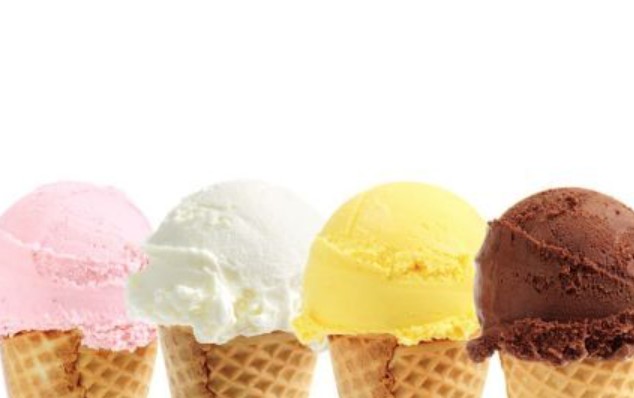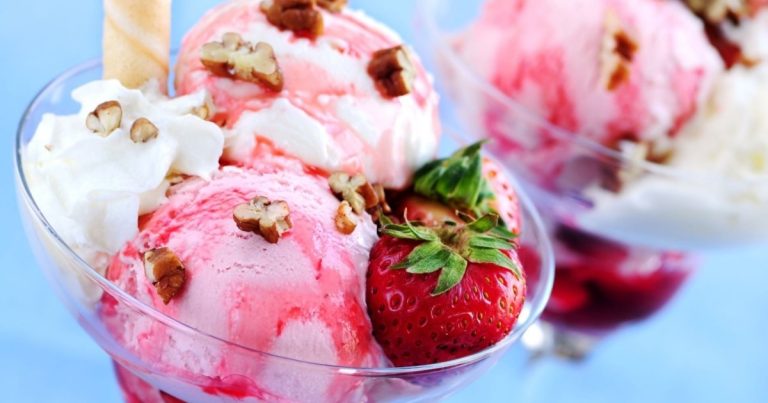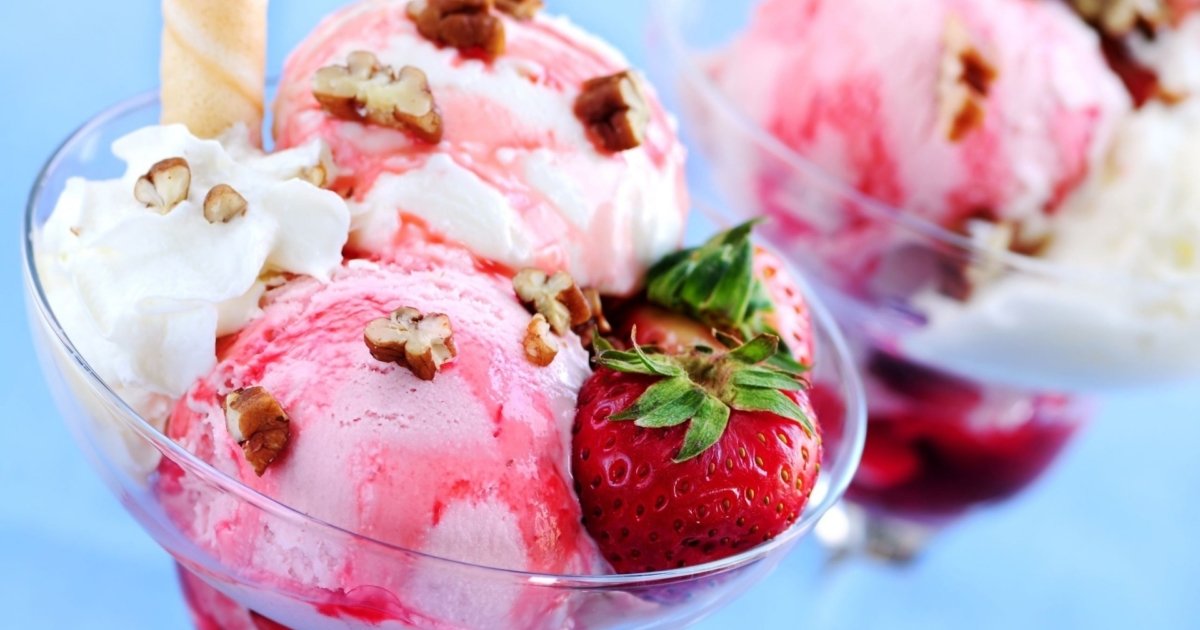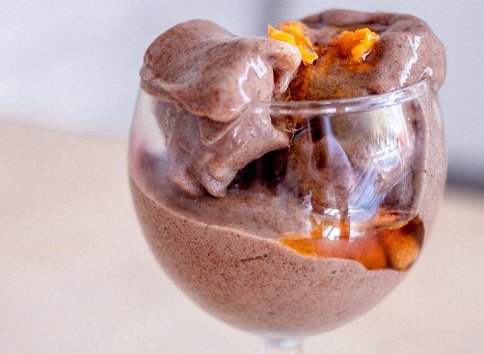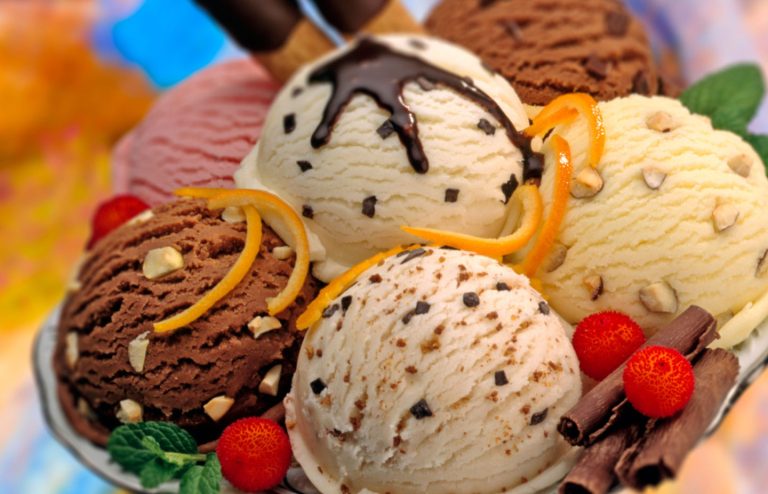A tender chicken breast fillet with a Mediterranean filling, all coated in crispy ham. A wonderful mix of creamy cream cheese, low-fat meat, and fresh herbs!
Friends or parents come to visit. Do you want to be able to prepare something delicious and sit comfortably at the table instead of having to disappear into the kitchen all the time for the dish? Then try this savory stuffed and wrapped chicken breast fillet. Then you can be a relaxed hostess!
Ingredients for 4 persons
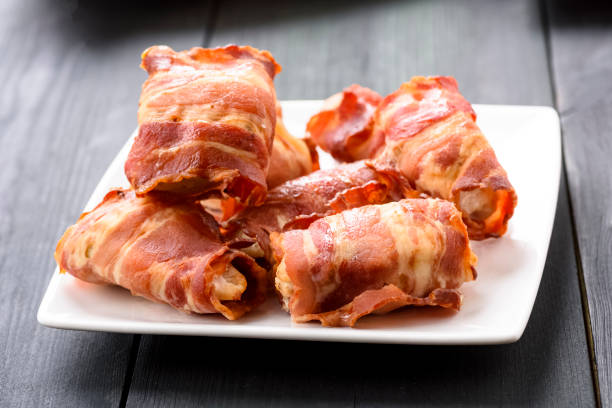
– 600g chicken breast fillet
– 200g cream cheese
– a handful of fresh basil
– Pesto Verde from the jar
– a layer of raw ham (e.g. Black Forest)
– 3 large tomatoes
– 1-2 balls of mozzarella
– Salt
– Pepper
Preparation
- Wash the meat, pat dry and divide or third the breast fillets – depending on the desired size. Also, make a slit on one side of each piece to create a pocket for the filling. Rub on all sides with salt and pepper.
- Finely chop the basil, and mix with salt, pepper, and cream cheese to form a creamy mass.
- Use a knife to spread a thin layer of pesto Verde into each pocket. Then distribute the cream cheese mixture into the pockets and wrap the raw ham around the breast fillet pieces. (Perhaps fix the edges of the pockets with a toothpick).
- Set up a pan with some olive oil and sear the filled chicken pockets in it so that the ham becomes crispy. Then remove the meat from the pan and place it in a casserole dish.
- Finely dice the tomatoes, finely dice the mozzarella and distribute both mixed over the chicken breast fillets. Drizzle some with olive oil. If desired, set aside and continue cooking in the oven at a later time.
- Cover the casserole dish with aluminum foil and place it in the oven at 200 degrees – on the middle shelf.
- Cook for about 15-20 minutes, then remove the aluminum foil for a few minutes and let the cheese brown a little. Serve and enjoy!
Useful additional knowledge

If you want more tomato flavor, you can replace the pesto Verde with pesto Rosso. Or simply put 1-2 pickled dried tomatoes in each bag. Zucchini and tomato rice is a good side dishes. Cook the rice, add the fried zucchini cubes, and season with a little tomato paste, olive oil, salt, and pepper.















